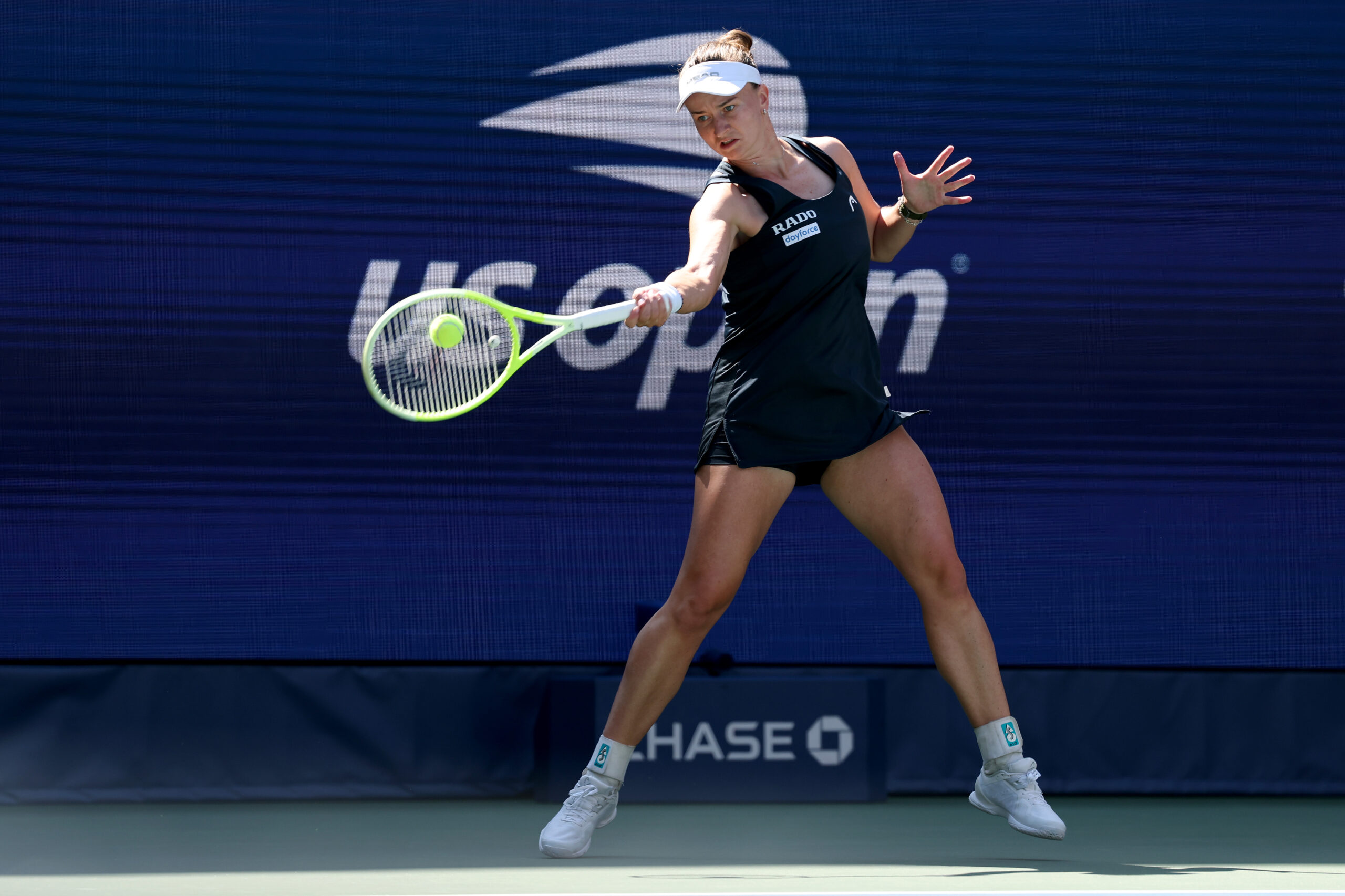Article 93 of the French Finance Law for 2025 introduced new rules regarding the tax and social security regime applicable to gains on the sale of securities acquired or allocated to employees or executives in consideration of their duties (New Legal Framework).
These new provisions aimed to clarify the numerous uncertainties surrounding the taxation of gains from management incentive packages (MIPs) that persisted after decisions issued in 2021 by the French Supreme Administrative Court (Conseil d’Etat, July 13, 2021, no. 435452, 428506, and 437498).
New French tax authorities’ guidelines (New Guidelines) have been published on July 23, 2025, and provide clarification on the New Legal Framework, although some gray areas still remain at this stage and will need further guidance. In addition, the New Guidelines are not final and are subject to public consultation until October 22, 2025. While they remain in draft form, they are nevertheless binding on the French tax authorities until the final version is published, once the process of public consultation is finalized.
New Tax Regime
The gain realized on securities subscribed to or acquired by employees and executives (or allocated to them) is in principle taxed as an ordinary wage where it is realized “in consideration for their duties as employees or executives” (the overall gain realized in consideration for these duties hereinafter referred to as the “Gain” and the related securities covered by this new regime as the “Covered Securities”).
The New Guidelines clarify the scope of the New Legal Framework, i.e., whether a gain should be considered as having been realized by virtues of employee or executive status:
- The securities falling within the scope of the New Legal Framework are equity securities or securities granting access to the capital of the issuing company, including ordinary shares, preferred shares, share warrants (bons de souscription d’actions) as well as securities subscribed upon exercising these warrants, convertible bonds or bonds redeemable in shares, free shares, and securities resulting from the exercise of stock options or bons de souscription de parts de créateur d’entreprise (BSPCE). Conversely, securities that are not equity securities or do not grant access to the capital, such as debt securities like simple bonds, are not at this stage covered by the New Legal Framework, even if they are granted in consideration for managers’ duties as employees or executives.
- The applicability of the New Legal Framework does not depend on the methods of allocation, acquisition, or subscription of the securities, but rather whether the conditions under which the gain is realized demonstrate that the gain is attributable not due to the holder’s status as an investor, but in exchange for their role as an employee or executive. In this respect, the fact that the securities (including free shares, stock options, or BSPCE) have been granted, acquired, or subscribed to by a manager due to his/her employee or executive duties does not, by itself, result in the conclusion that the gain realized upon the disposal, transfer, leasing, or conversion of the securities is obtained in consideration for these duties.
- The link between the gain and the employee or executive duties is determined, in particular, by:
- whether the gain is tied to the achievement of performance levels, either of the company or of the investment made by other investors in the company (evaluated, for example, by a minimum internal rate of return). On this basis, the New Guidelines confirm that this includes:
- Ratchet mechanisms: any type of mechanism allowing managers to receive, upon the sale or disposal of their securities, subject to the achievement of performance criteria, a gain distinct from what their share in the issuing company would ordinarily entitle them to.
- Sweet equity mechanism: this mechanism allows managers to hold a larger portion of the issuing company’s capital than they would have been entitled to for an equivalent investment, had other shareholders invested in the same proportion in equity and debt securities.
- whether there is any requirement for the employee or executive to adhere to certain contractual undertakings, such as a non-compete clause or an obligation of loyalty and exclusivity towards a group company, or provisions regarding transfers, such as the existence of a non-transferability clause for the securities, clauses governing the conditions of sale of the securities (such as an obligation or right of joint exit in the event of a sale by majority shareholders), or put-and-call options providing for the sale or purchase of the securities of the employee or executive in the event of termination of their role (departure, death) or breach of their commitments.
- The gain resulting from the acquisition or subscription of securities at a price below their fair market value on the acquisition or subscription date is not covered by the New Legal Framework, including the gain realized upon the exercise of options or share warrants. The fact that the securities may have been acquired at a price below their fair market value on their acquisition or subscription date does not, by itself, result in the conclusion that the gain realized thereafter, particularly upon the sale of the securities, was acquired in consideration for the beneficiary’s role as an employee or executive.
By way of exception, under the New Legal Framework a portion of the Gain is taxable as a capital gain pursuant to the provisions of Article 150-0 A of the French Code Général des Impôts (French Tax Code) (Capital Gain Portion, and the difference between the Gain and the Capital Gain Portion being referred to hereinafter as the Salary Portion).
To qualify for this favorable capital gain tax treatment, the securities must (1) present a risk of loss of the capital subscribed to or acquired (or, in the case of free shares, stock options, and BSPCE, a risk of loss of the acquisition or exercise gain), and (2) have been held for at least two years (this two-year period, however, does not apply to free shares, stock options, and BSPCE).
For purposes of the risk of loss requirement, the New Guidelines provide that:
- the subscribed or acquired capital refers to the price paid to acquire or subscribe to the securities, and the acquisition or exercise gain refers to the value of the securities on their acquisition or subscription date; and
- the requirement is not met where the manager benefits from a mechanism that guarantees, either initially or subsequently, a sale price for their securities that is at least equal to their acquisition or subscription price, or, for the free shares, stock-options, or BSPCE, a price at least equal to their value on the date they were acquired or subscribed.
For purposes of the holding period requirement, the New Guidelines provide that, in the event of the sale of fungible or non-identifiable securities acquired or subscribed on different dates, the securities sold are deemed to be those acquired or subscribed to at the earliest dates. However, the New Guidelines do not at this stage indicate how the two-year holding period should be computed in the case of transactions benefiting from a tax deferral (e.g., a contribution of Covered Securities) and, in particular, whether the previous holding period for the securities would have to be taken into account or whether the holding period would start again from zero.
The new regime is based on the concept of a performance multiple, equal to three times the project multiple (Cap). The portion of the Gain below the Cap constitutes the Capital Gain Portion, while the portion exceeding this threshold constitutes the Salary Portion.
The Capital Gain Portion is determined using the following formula:
Where:
- “P” corresponds to the price paid for the subscription to or acquisition of the Covered Securities (or, in the case of free shares, to the value of the Covered Securities on the acquisition date);
- “FMV Exit” corresponds to the fair market value of the issuing company on the date on which the Covered Securities are sold;
- “FMV Entry” corresponds to the fair market value of the issuing company on the date of acquisition of, or subscription to, the said shares (or, in the case of free shares, the date of their allocation); and
- the ratio between the FMV Exit and the FMV Entry is equivalent to the project multiple in LBO transactions.
The fair market value of the issuing company (to be assessed for both entry and exit values), for the purposes of determining the Cap, corresponds to the “fair market value of its net equity” (although the New Guidelines unfortunately do not clearly define this concept) increased by the amount of debts owed to any shareholder or any party related to the issuing company as per Article 39, 12 of the French Tax Code. This inclusion of shareholders and related party debts is not, however, permitted to have the effect of increasing the Capital Gain Portion. The fair market value of the issuing company is adjusted to take into account certain corporate transactions realized between the acquisition date and the disposal date of the Covered Securities, including, among others, share capital increases or reductions, free grants of shares, and distributions of reserves. The New Guidelines provide some examples illustrating these principles, but unfortunately not eliminating all the uncertainties related to determining the Cap in the context of corporate transactions.
If the Covered Securities were subscribed to or acquired (or if they were allocated for free) on different dates, the Capital Gain Portion is computed separately, taking into account the subscription or acquisition price on each of these dates. The New Guidelines specify that securities acquired, subscribed, or granted within a close timeframe (without specifying an exact duration) as part of the same transaction under a framework agreement (without specifying an exact duration), a contractual agreement set, or a single allocation decision by the competent authority are deemed to have been acquired, subscribed, or granted on the same date.
If the employee or executive holds his/her Covered Securities via a management company (i.e., a company whose main purpose is to, directly or indirectly, hold the shares of the issuing company), the Cap is assessed at the level of the issuing company and not at the level of the management company itself.
The New Guidelines also set out that:
- the Capital Gain Portion must be determined (1) at the time of each sale of securities, and (2) at the time of each transaction mentioned in Article 150-0 B of the French Tax Code involving the securities (including merger, demerger, contribution in kind, and conversion/division/consolidation of shares);
- the Capital Gain Portion must be computed on a consolidated basis, meaning that it is determined by aggregating the price paid for all the Covered Securities, regardless of whether the securities confer different rights or have different features. Since the ratchet and sweet equity instruments’ return is expected to substantially surpass that of other securities, this blended approach should result in a reduction of the overall return of the package, thus reducing the Salary Portion of the Gain;
- the Capital Gain Portion should benefit from the tax rollover regimes provided for by Articles 150-0 B and 150-0 B ter of the French Tax Code, noting that at this stage it does not appear that the Salary Portion of the Gain would be eligible to any tax deferral;
- in the case of the sale of fungible or non-identifiable Covered Securities acquired or subscribed at different dates, the acquisition price of the securities to be considered for the computation of the Capital Gain Portion is that corresponding to the securities acquired at the earliest dates; and
- additional payments of purchase price post-closing (including deferred payments or earn-out mechanisms) must be considered when determining the Capital Gain Portion, and the New Guidelines provide further clarifications in this respect.
The Covered Securities may not be recorded in a share saving plan (Plan d’épargne en actions), and thus the Gain (including the Capital Gain Portion) does not benefit from the capital gain tax exemption applicable under such plans. Apart from the loss of such capital gain tax exemption, this prohibition might also create issues for managers willing to acquire the Covered Securities by means of a rollover of securities already recorded in such a share saving plan.
In the event of a gift of the Covered Securities, the Gain is determined and taxed at the level of the donor in respect of the year during which the beneficiary of the gift disposes of the Covered Securities by means of a sale, conversion, or lease. This undermines the tax benefits of the scheme whereby employees and executives make a gift of securities immediately prior to an exit.
The New Guidelines provide that the French tax authorities have the ability to disregard any artificial interposition of a company or methods of receiving the gain from the sale of Covered Securities in the form of distributions, if such actions were aimed at evading or reducing the tax liabilities that the executive or employee would normally bear if the tax regime outlined in the New Legal Framework were applied in accordance with the objectives intended by its authors.
The New Legal Framework applies to disposals, sales, conversions, and leases entered into as from February 15, 2025, and thus applies to all existing MIPs.
Uncertainties Surrounding the New Tax Regime
At this stage, the following uncertainties remain in particular:
- Although the New Guidelines provide for some clarification on the gain that should be viewed as realized in consideration for employee or executive duties, it is still unclear at this stage whether pari passu instruments fall within the scope of the New Legal Framework, which would have an impact on the overall performance realized by a manager on his/her instruments.
- The question of whether the securities held by founders of target groups are likely to fall within the scope of the New Legal Framework is not addressed in the New Guidelines, and this issue will need to be further clarified in the future.
- The New Guidelines do not provide guidance on (1) how to treat the Gain in an international context) and (2) any reporting obligations for the manager or the employer in relation to the Gain.
New Social Security Regime
The new rules make the Salary Portion subject to a specific 10% employee contribution, while the Gain is exempt from any employer social security contributions.
This new social security regime applies to disposals, transfers, conversions, or leases carried out between February 15, 2025, and December 31, 2027.
There thus remains an uncertainty as to the social security treatment of gains that will be realized after December 31, 2027. A forthcoming social security finance law is expected to set out the rules that will apply from 2028 onwards. However, one cannot rule out that a specific employer contribution may also be introduced at that time.
Summary of the Tax and Social Security Treatment of the Gain









